Kagoshima, located at the southern tip of Kyushu, is a fascinating destination mainly known for its stunning views of Mount Sakurajima, one of the most active volcanoes in Japan. Kagoshima is very rich in hot springs too, which is perfect if you’re looking to combine nature with history and relaxation.
For your Kagoshima itinerary, I’ll highlight the key attractions and experiences based on my recent visit. I will include where to go to see Sakurajima in all its splendour, where to stay so you can enjoy an onsen experience and the best activities in the city.
Table of Contents
- Our 2 day Kagoshima Itinerary
- Day 1 in Kagoshima
- Arrival (Hotel Check-in)
- Lunch (Kagoshima Pork Tonkatsu)
- Statue of Okubo Toshimichi (Lyons Park)
- Shiroyama Park Observation Deck
- Tenmonkan
- CenTerrace Tenmonkan
- Dinner (Kagoshima Ramen)
- Day 2 in Kagoshima
- Sengan-en
- Iso Beach
- Ferry to Sakurajima
- Sakurajima Yogan Nagisa Park Footbath
- Lunch on Sakurajima
- Yunohira Observatory
- Kagoshima Chuo Station (Amu Plaza Kagoshima)
- Extra tips for your Kagoshima visit
- Frequently Asked Questions
Our 2 day Kagoshima Itinerary
We spent two days in Kagoshima City, which was just enough time to see all the sights, stay in an onsen hotel, and try out the local cuisine (more on this below). Kagoshima has lots to do, and two days was plenty for us to get through it all.
Day 1 in Kagoshima
We decided to visit Kagoshima as part of our latest Japan itinerary. We got the Shinkansen from Hiroshima, first thing in the morning. It took around 2 hours and 30 minutes to reach Kagoshima Chuo Station.
From experience, we recommend getting a bento box with you so you have some food en route to Kagoshima. It’s still a long journey first thing in the morning. All main Japanese stations will have coffee shops to grab a coffee as well. Remember that eating and drinking is allowed on the shinkansen.
Arrival (Hotel Check-in)
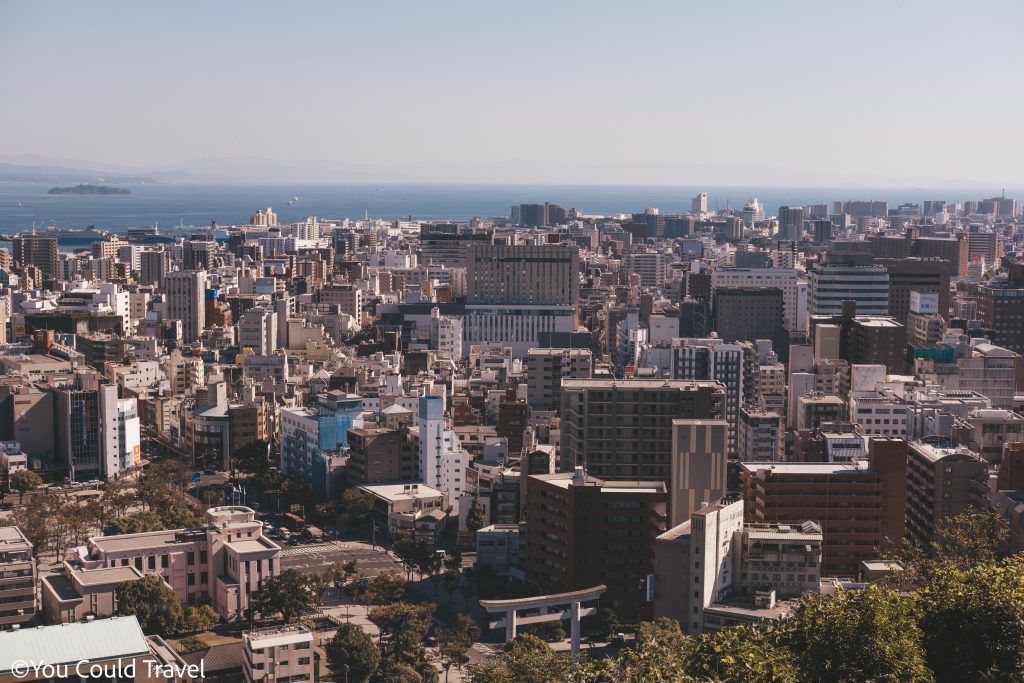
We got to Kagoshima Chuo Station at 11am and made our way to the hotel. We stayed at the Kagoshima Sun Royal Hotel, and got a double room with Sakurajima view. The reason for picking this hotel is that it has an on-site onsen. It’s separated by gender, but the outdoor public bath has stunning views of the Volcano. You can see plumes of smoke coming out of the crater as you relax in the hot and mineral rich waters.
We left the luggage at the reception and made our way to find lunch!
Lunch (Kagoshima Pork Tonkatsu)
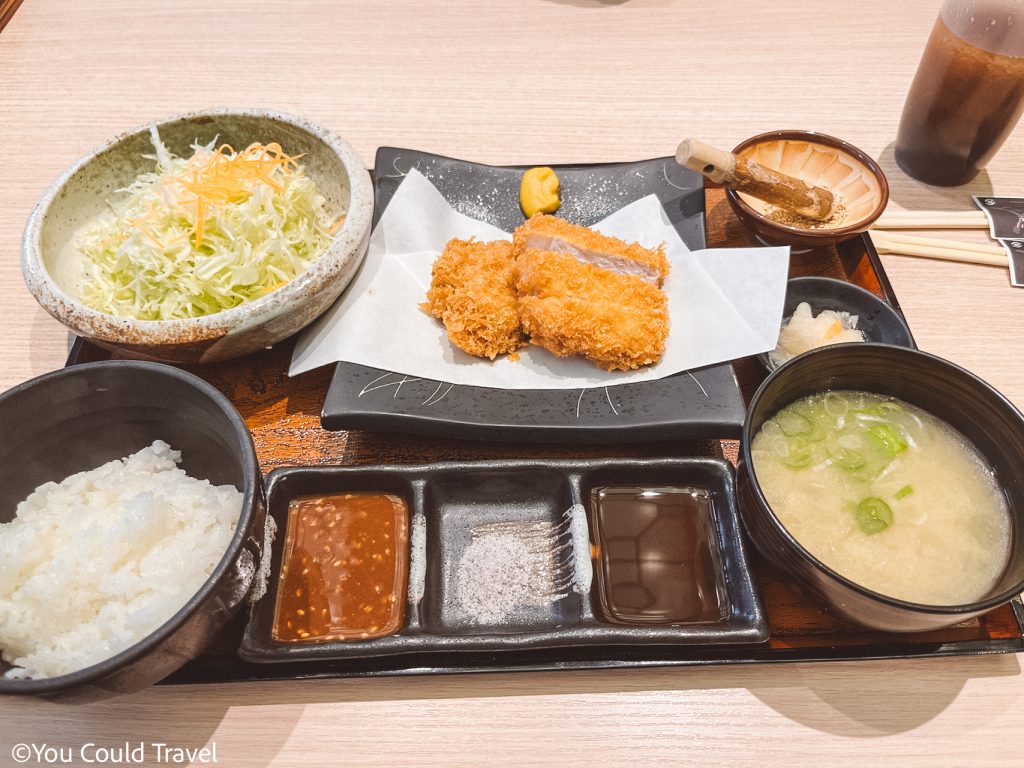
For lunch, we went to Kuro Katsu Tei, a tonkatsu restaurant which specialises in Kagoshima Kurobuta (black pork). We know there are other wonderful restaurants closer to the hotel, but this particular restaurant came recommended by some of our Japanese friends, so we really wanted to try it.
It was worth every penny. The black pork tonkatsu was very delicious and tender. We appreciated that the tonkatsu set came with the traditional sesame grinder to make our own suri goma (ground sesame powder) which we could then mix with the tonkatsu sauce.
The staff spoke no English, but you can easily point at the menu or say Kurobuta setto onegaishimasu.
Statue of Okubo Toshimichi (Lyons Park)
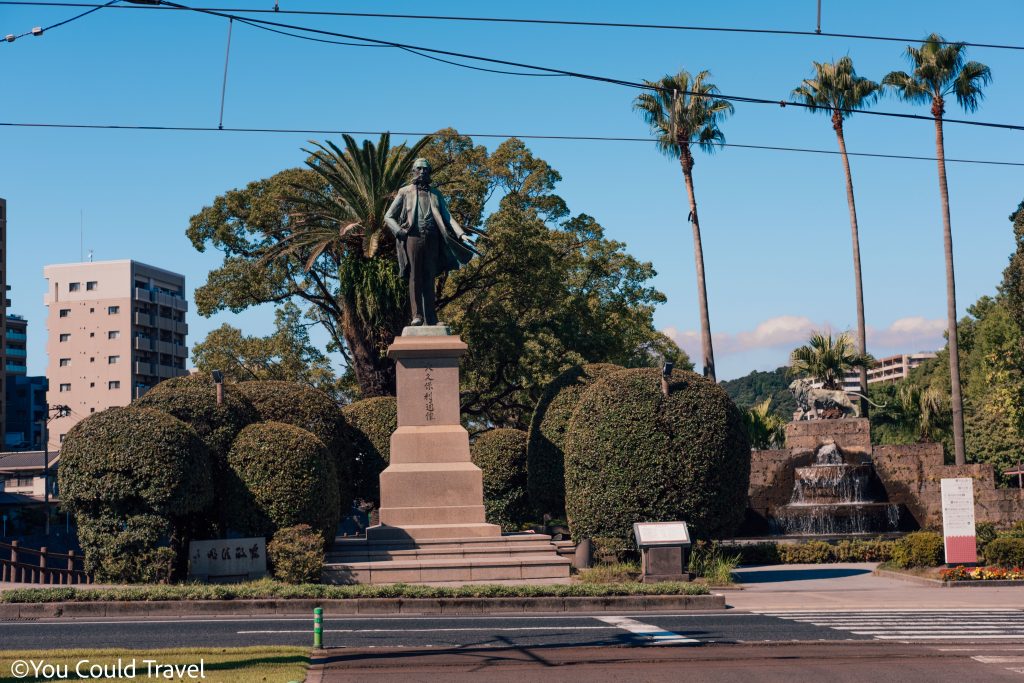
Full and happy, we started making our way towards the Shiroyama Park Observation Deck. En route, we passed the Statue of Okubo Toshimichi and the Lyons Park, which we really liked.
If you like Japanese history, then you’ll appreciate the story of this gentleman. Okubo Toshimichi was a key Japanese figure during the mid-19th century, known for his pivotal role in modernizing Japan.
He was a samurai who initially opposed Western influence, but later recognized the importance of adopting Western technologies and governmental systems to strengthen Japan. Okubo, along with other leaders from Satsuma and Choshu domains, worked to overthrow the Tokugawa shogunate, which had ruled Japan for over 250 years.
The statue marks the entrance to Lyons Park, which is a small but beautiful park along the Inari River, with cherry blossoms and several food stalls for Japanese food.
Shiroyama Park Observation Deck
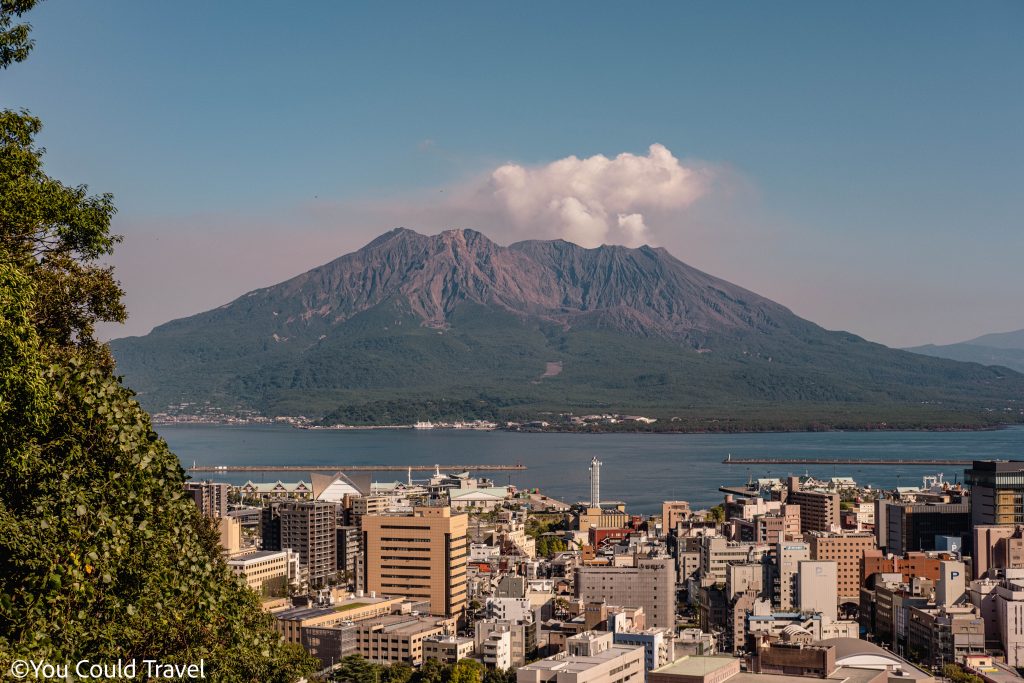
Next on the list is the Shiroyama Park Observation Deck which offers some of the best views of Mount Sakurajima. The park is located about 107 meters above sea level, so expect a bit of a climb to get there. You will pass through a residential neighbourhood before reaching a set of stairs to take you to the top. Alternatively, you can grab the City Tram 2, but you will still need to climb the stairs to the park.
Once you reach the park, there are toilets there as well as a few small stalls selling souvenirs and snacks. The observation deck is part of Shiroyama Park, which is historically significant as the site of the last stand of the samurai rebels during the Satsuma Rebellion in 1877.
Cross the park, and you’ll reach the Observation Deck, which offers some of the most magnificent views of Sakurajima. At Shiroyama Park Observation Deck in Kagoshima, you’ll find benches where you can sit and enjoy the view of Sakurajima volcano. Sakurajima often has small eruptions every day, so you might see smoke coming out of the crater while you’re there.
Tenmonkan
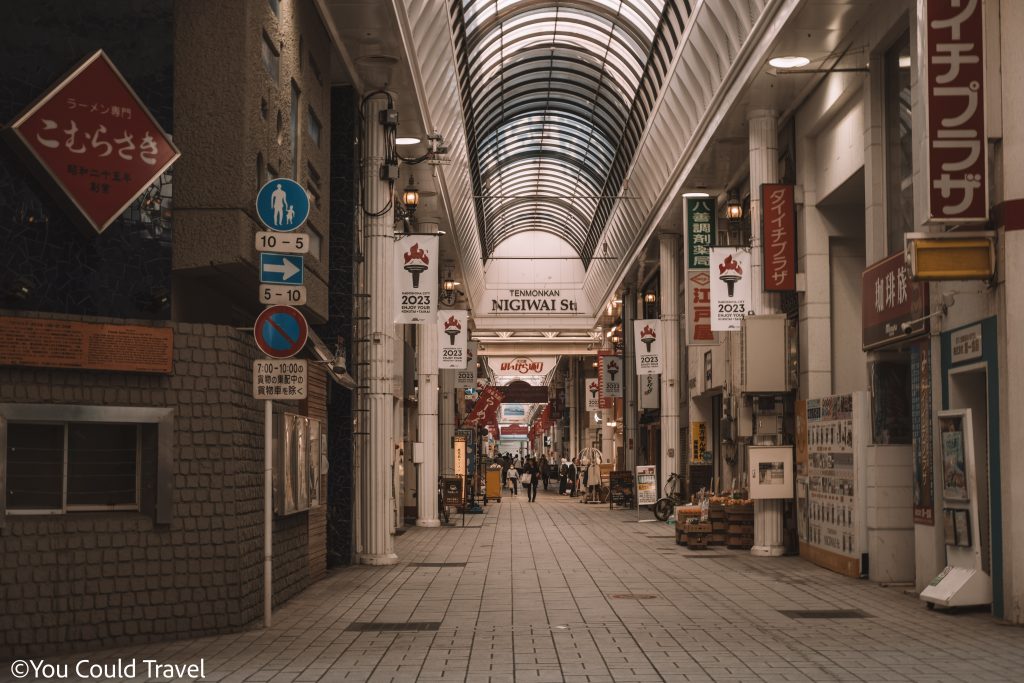
Tenmonkan is a lively spot in the middle of Kagoshima where you can shop and eat local food. It’s packed with all sorts of places, from restaurants serving local dishes like black pork and fried fish cakes to cute shops and cafés.
Start with the Tenmonkan shopping arcade, which is a traditional shotengai (covered shopping street). I recommend sitting down for some freshly baked items and a delicious soft ice cream with charcoal or blueberry flavour.
One of the most striking elements of this shopping street is the glass cupola that shows many stars and their corresponding zodiac signs.
CenTerrace Tenmonkan
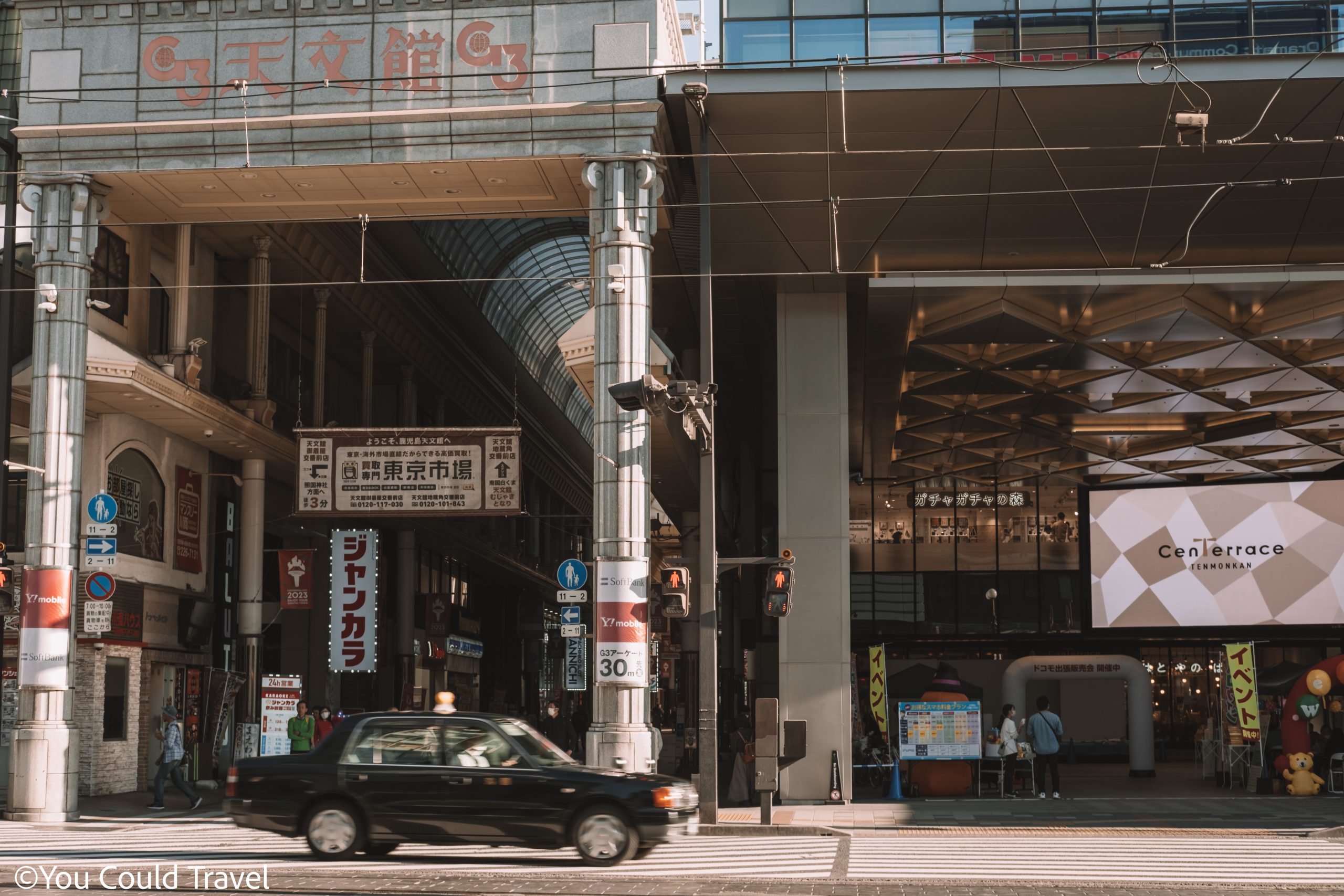
Once you finish with the Tenmonkan shotengai, head to the CenTerrace department store. This shopping centre is for shopping enthusiasts who are looking for fashion items. There are some restaurants and cafes here too.
There are two elements to the CenTerrace I recommend: the Astronomical Museum Library located on the 5th floor and the Gachagacha Forest which is a maze-like space full of capsule toy machines.
Dinner (Kagoshima Ramen)
End the first day in Kagoshima with a hearty portion of Kagoshima ramen. We can recommend two ramen restaurants: Yoshimiya Ramen Restaurant (if you are close to Tenmonkan) or Kirin Ramen Kagoshima (closer to the hotel). Both are fantastic and serve the Kagoshima broth which is clear and lighter made from pork bones, chicken, and sometimes fish, simmered to create a flavourful yet not overly rich soup. Another key feature of Kagoshima ramen is the noodles. They are usually thin and straight.
Day 2 in Kagoshima
Sengan-en
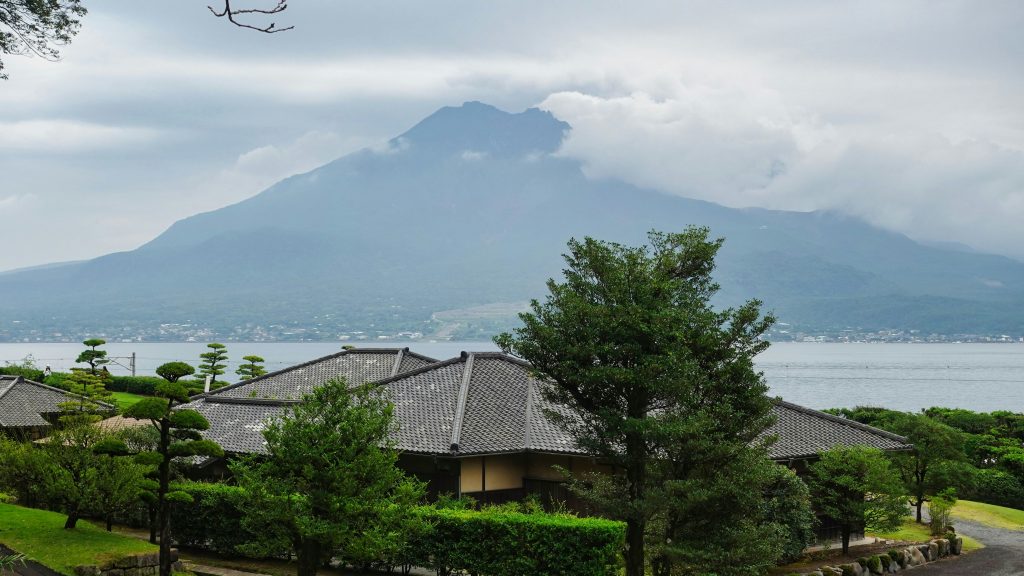
Entry Fee: 1600 yen (garden, shoko shuseikan, palace) or 1000 yen (garden, shoko shuseikan)
Opening Times:9:00-17:00
Have breakfast at your hotel, then make your way to Sengan-en, a historic Japanese garden in Kagoshima, originally built in the 17th century as a residence for the powerful Shimadzu family. It’s a gorgeous spot with a mix of neat garden areas, ponds, and awesome views of the nearby Sakurajima volcano across the bay.
The place is also filled with traditional Japanese wooden buildings, giving you a peek into what life was like in Japan hundreds of years ago. I do recommend going in to see how samurais used to live in the past. There are shops where you can buy local crafts and spots to grab a bite of traditional Kagoshima food.
Iso Beach
Just a 5 minute walk from Sengan-en, is the Iso Beach, the most popular sandy beach in Kagoshima. The beach is perfect for a relaxing morning with views of the volcano, or if you’re adventurous by nature and want to do some kayaking or SUP.
There are local tour operators which specialise in watersports. Please note that sometimes swimming is forbidden because of the volcano activity.
Ferry to Sakurajima
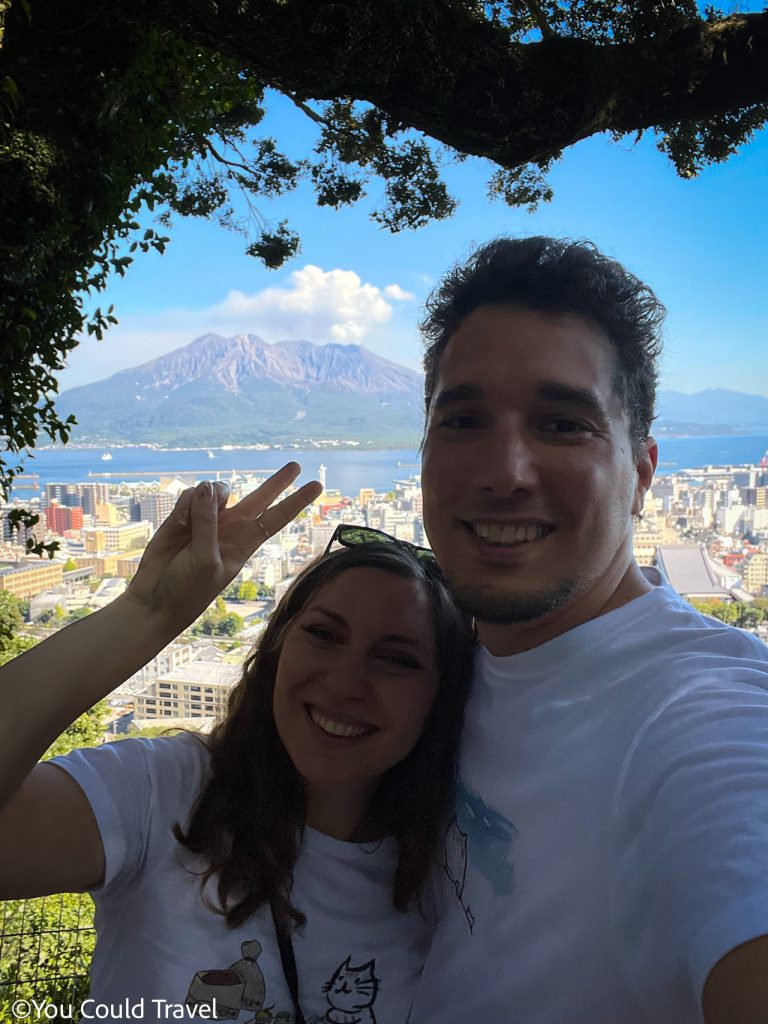
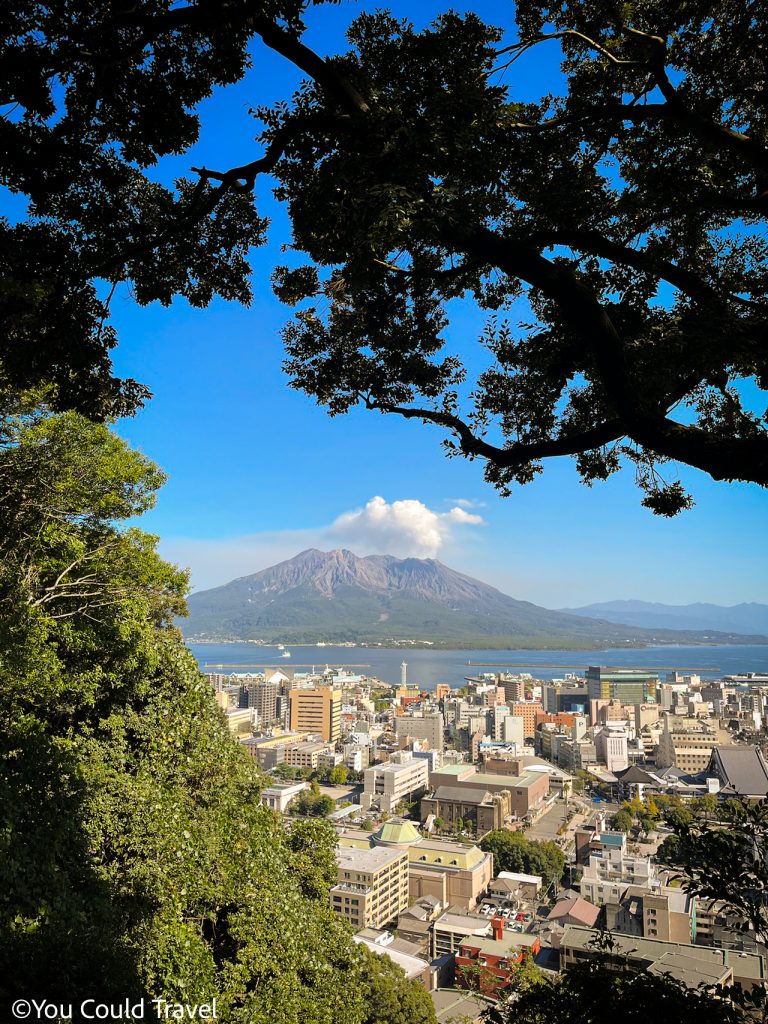
Make your way to the Ferry Port (Google maps). You can either walk for about 40 minutes from Iso Beach or grab a local bus (N1, N2 or N5).
Take the ferry to cross to Sakurajima Port. The journey is 15-20 minutes. Sakurajima Ferry operates 102 times on weekdays and 112 times on weekends and holidays.
The fare is around 200 yen, and you pay when you arrive at Sakurajima Port. Please note that you can only pay with cash or local IC Card (like Iwasaki/RapiCa Card). You cannot pay using credit cards, JR IC cards (Suica, PASMO etc.) and foreign currencies.
Sakurajima Yogan Nagisa Park Footbath
Entry Fee: Free of charge
Foot bath Opening Times: Available from 9:00 until sunset
The Sakurajima Yogan Nagisa Park Footbath is a free outdoor foot spa right at the foot of Sakurajima volcano, just a quick 5-minute hop from where the ferry docks. The park is right by the sea, so you get amazing views of the water, the city across it, and the volcano itself. The foot spa is fed by a natural hot spring that comes from deep underground, and it’s really long – actually one of the longest footbaths in Japan!
It’s a great spot to kick back and relax your feet, especially if you’ve been walking a lot. And the cool part is, you can sit there soaking in the views of the volcano.
Just remember to bring a towel with you, or you can buy a special one from the visitor centre or a nearby place called Kokumin Shukusha Rainbow Sakurajima.
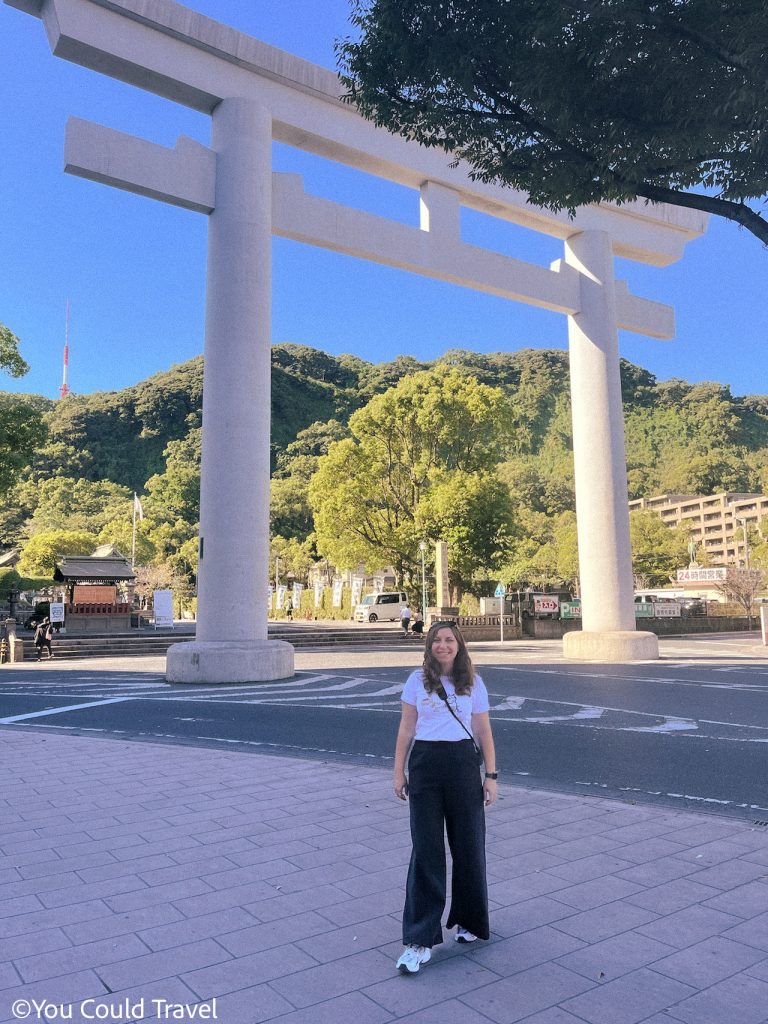
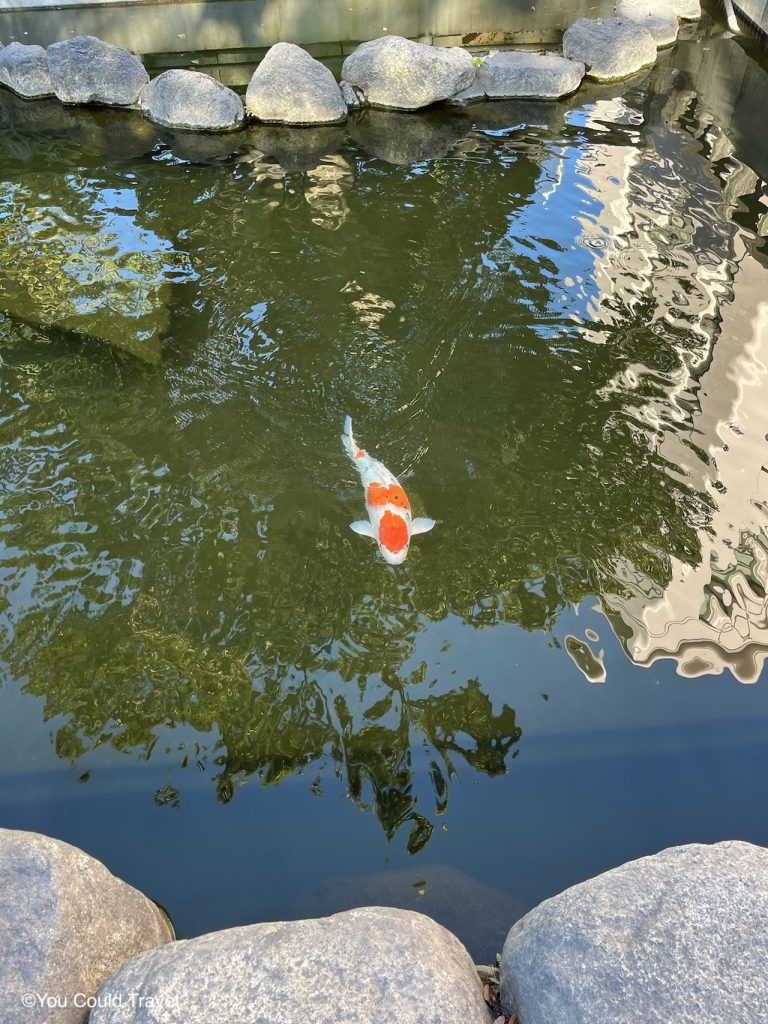
Lunch on Sakurajima
There are not that many restaurants on Sakurajima island, but I can recommend a couple with some great local specialities.
Head to Minato Cafe and buy their special ash soft serve ice cream. This is a vanilla ice cream with a little ash on it and a sweet potato crisp. Don’t worry, they know volcanic ash is not edible, so the “ash” is sweet powdered sugar that only resembles volcanic ash. They also sell chicken burgers and curry which are inspired by volcanic eruptions.
Another option is the Ofukuronoaji shun restaurant, which sells more traditional Japanese foods or Taste Place Tadashi which is a small and intimate Syokudo and Teishoku restaurant (home-style meals).
Yunohira Observatory
Entry Fee: Free of charge
Shops Opening Times: 9:00-17:00
If you really want to see the volcano in all its glory, head to Yunohira Observatory. It’s up on the side of Sakurajima and is the highest place the public can go, sitting around 373 meters up. From there, you can get a great view of the volcano and the Showa Crater, which has been pretty active since 2006.
Getting there is part of the fun. You’ll have to hop on the Sakurajima Island View buses to get to Yunohira Observatory. It’s about a 20-minute ride up a twisty mountain road. If you’re like me and are prone to motion sickness, I definitely recommend getting a motion sickness pill for this journey.
Kagoshima Chuo Station (Amu Plaza Kagoshima)
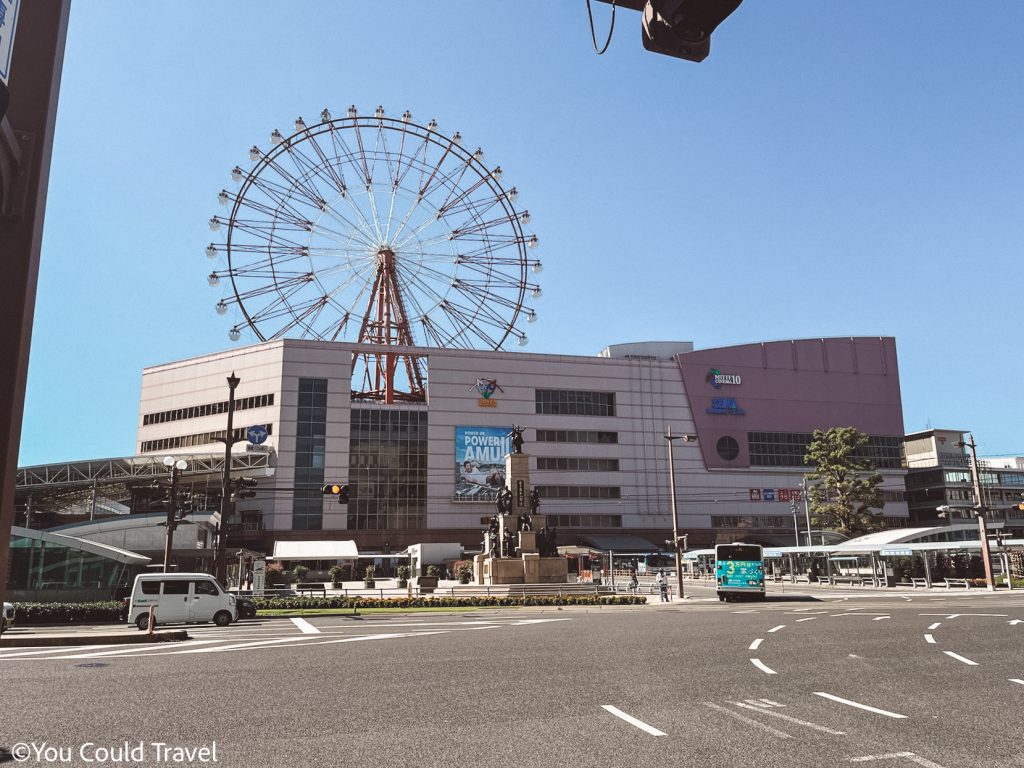
It’s time to head back to the main Kagoshima Chuo station before your departure. I recommend having dinner here or grabbing a bento box for your journey on the shinkansen.
Right inside the station, there’s a big mall called Amu Plaza Kagoshima. Near the entrance, you’ll find spots like Gourmet-Yokocho and Miyage-Yokocho for quick bites and some last minute souvenir shopping. It’s super convenient for anyone visiting Kagoshima, with buses and trams leading you right back here.
A highlight at Amu Plaza is the big Ferris wheel. It’s 60 meters across and lifts you up 91 meters, giving you an awesome view of the city and Sakurajima volcano. Plus, it’s open until 10:45 pm, so you can catch the city all lit up at night as a last epic attraction in Kagoshima, before jumping on the Shinkansen.
Extra tips for your Kagoshima visit
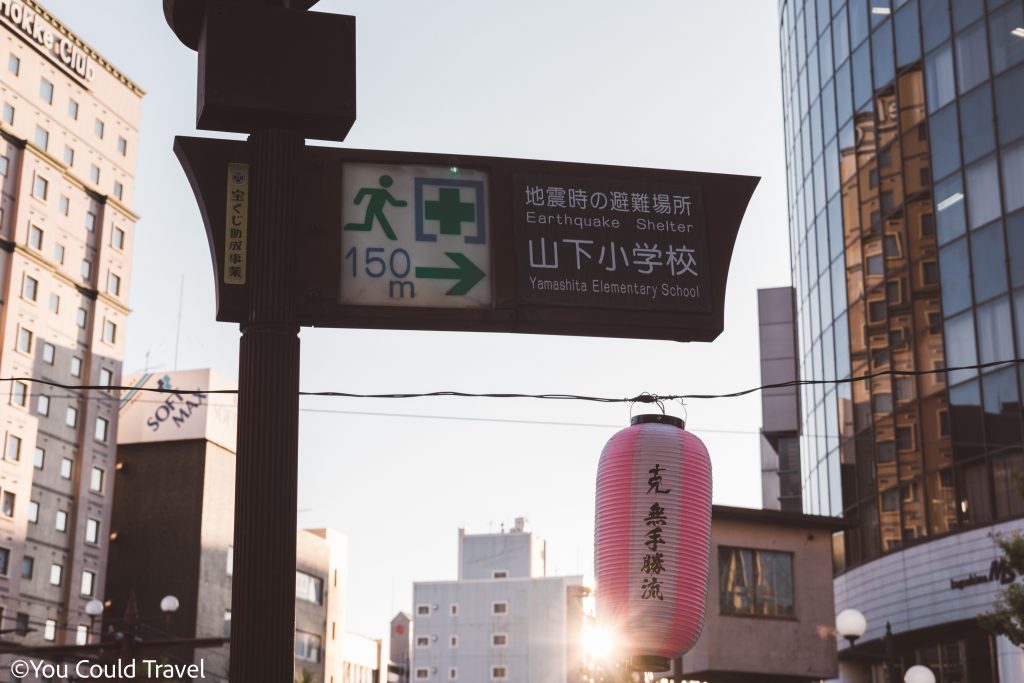
While Kagoshima is not as popular as other cities in Japan, tourism in Kagoshima is picking up, so I recommend booking your accommodation in advance. There are several hotels in Kagoshima which come with public baths, and they are all very reasonable priced for Japan.
Try to check the weather before booking your trip to Kagoshima to maximise your chances of seeing Sakurajima in all its splendour. We specifically made sure to visit on a sunny day.
Speaking of sunny days, Kagoshima’s weather is much warmer than the rest of Japan, due to its southern location. You’ll want to bring your sunscreen and make use of all the vending machines scattered around the city to stay hydrated. Do bring a hat while you’re at it, as the sun can get a bit harsh, especially around noon.
Kagoshima is incredibly foreign friendly and we felt so welcome there. So many people tried to talk to us in Japanese and English. Do learn a few words in Japanese if you can, as so many locals will be so excited to hear you try.
Kagoshima is beautiful, but it is very close to one of the most active volcanos in Japan: Mount Sakurajima. Eruptions are common so please familiarise yourself with nearby shelters and follow official instructions if an eruption is imminent.
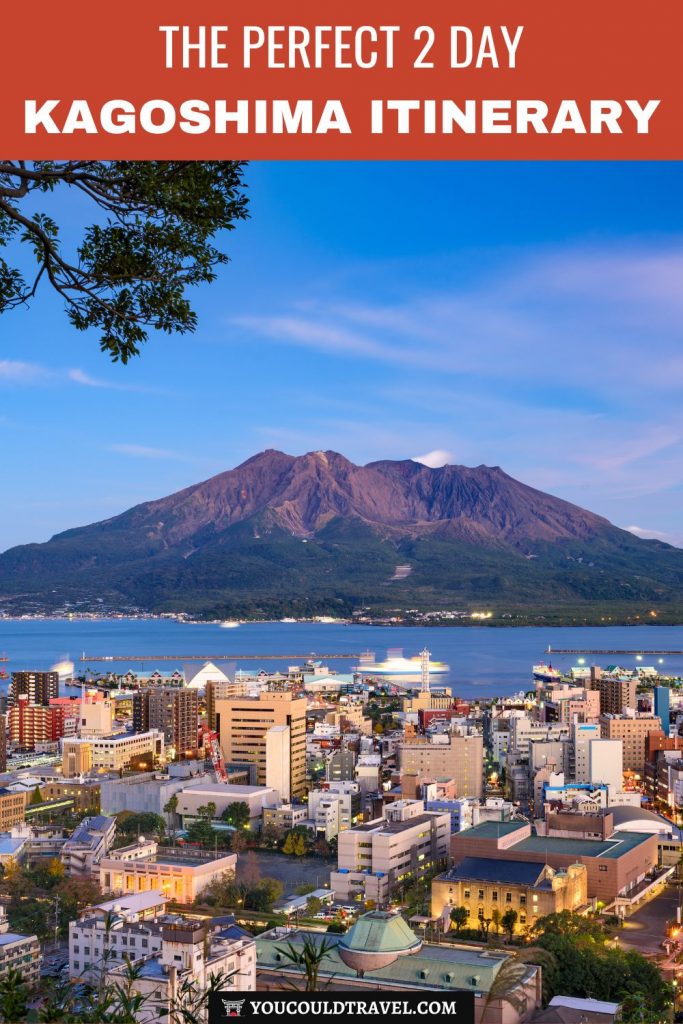
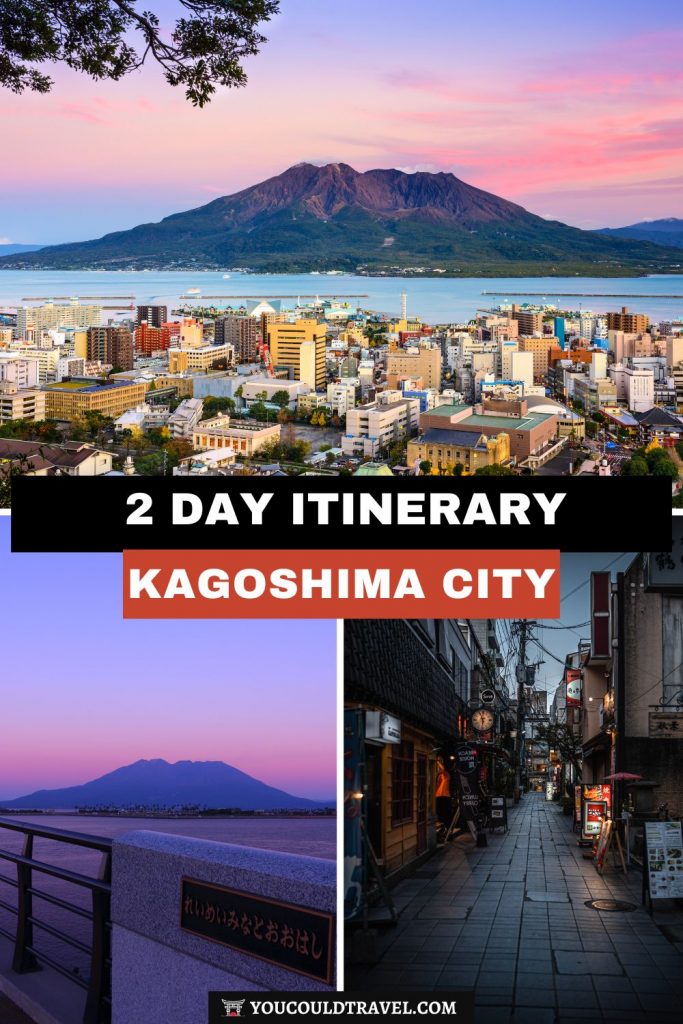
Frequently Asked Questions
How many days should I spend in Kagoshima?
We spent 2 full days in Kagoshima and got to see the main highlights, spent the night in a hotel with an onsen and saw the Sakurajima volcano up close. It was the perfect length for our Kagoshima itinerary. If you want to take some day trips from Kagoshima to Ibusuki or Kirishima National Park, extend your trip to 3-4 days instead.
Is it worth going to Kagoshima?
Oh gosh, it is so worth going to Kagoshima! I loved it so much, with its laid back atmosphere, incredibly warm weather and gorgeous views of the Sakurajima volcano. I did not expect to fall in love with Kagoshima city so much. It’s so different than other main cities like Tokyo or Kyoto. Kagoshima is like a beach holiday destination with history, nature and great food!

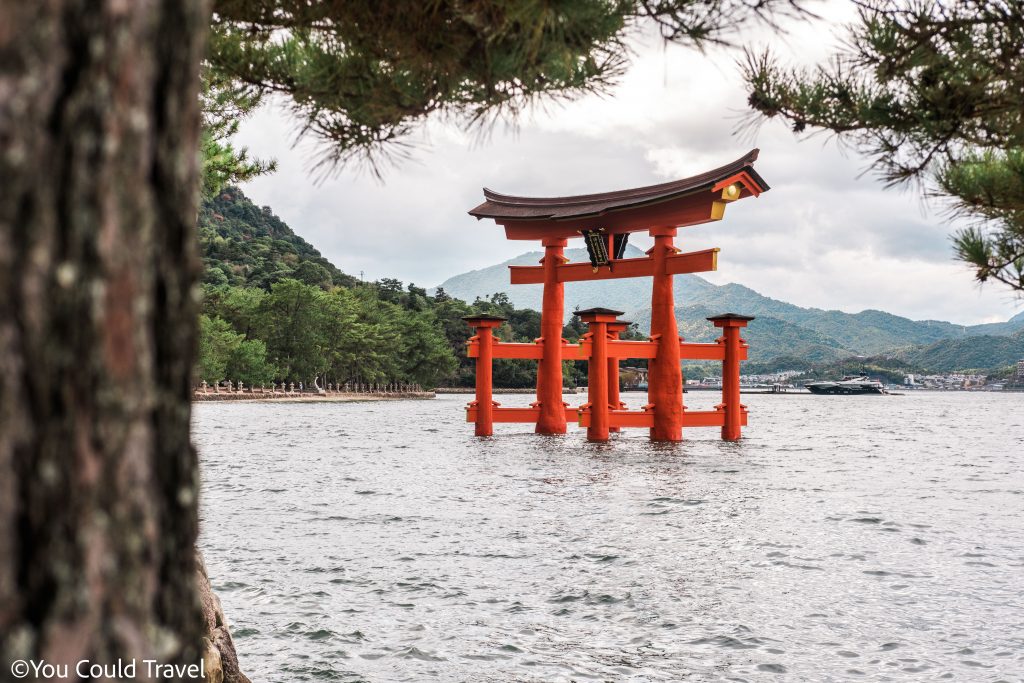
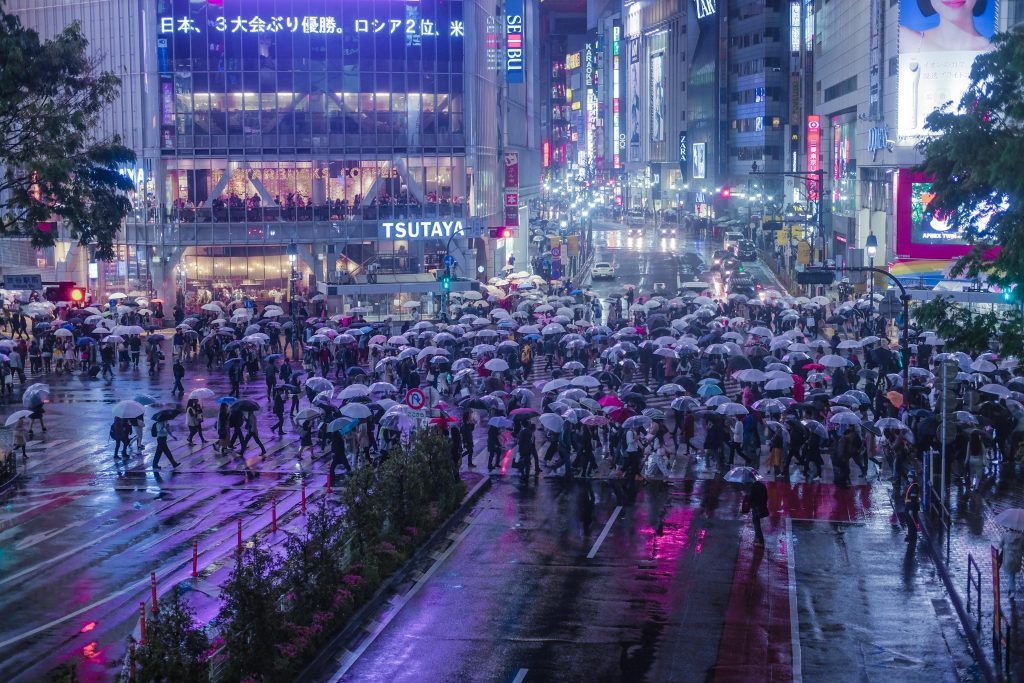
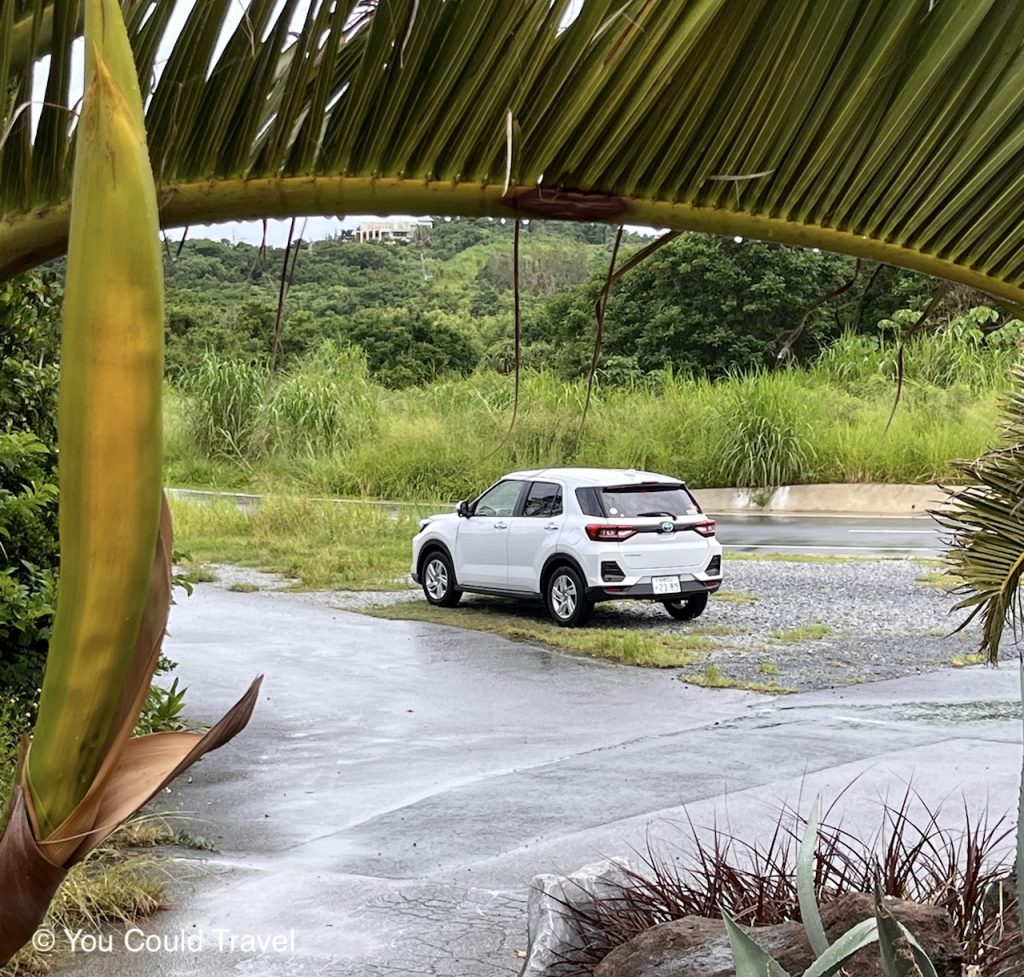

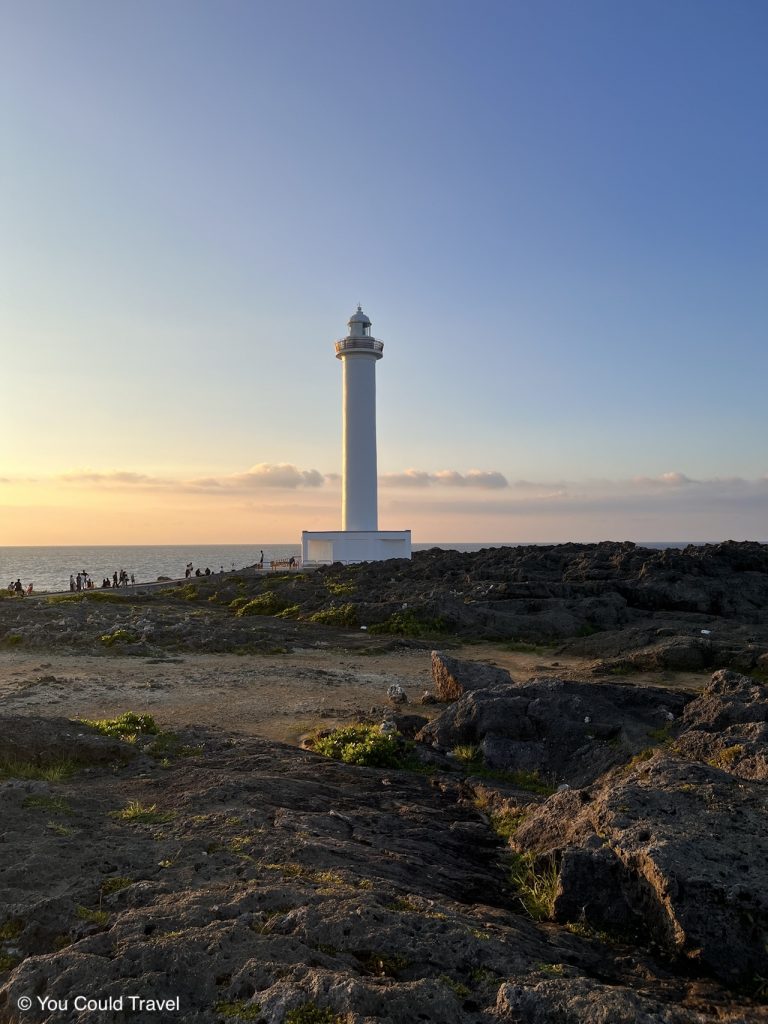


Leave a Reply